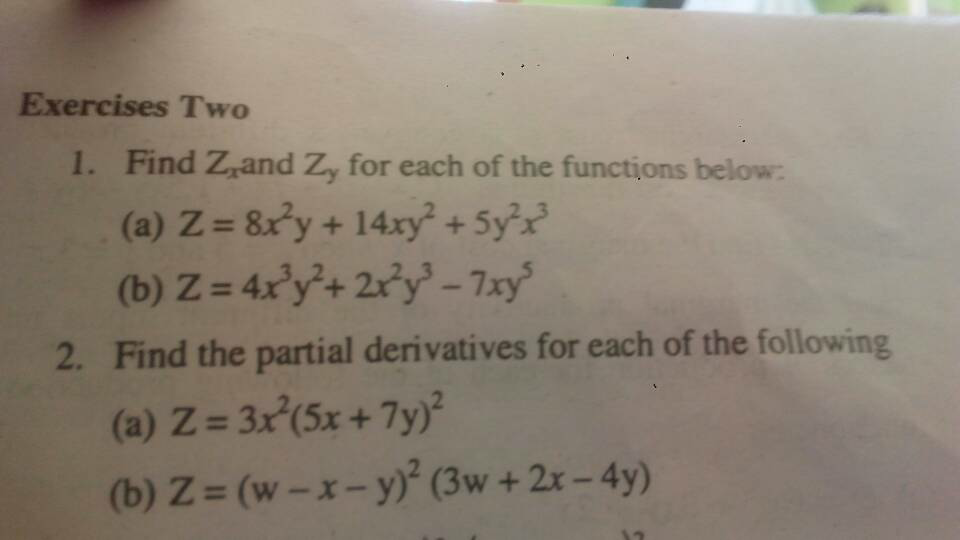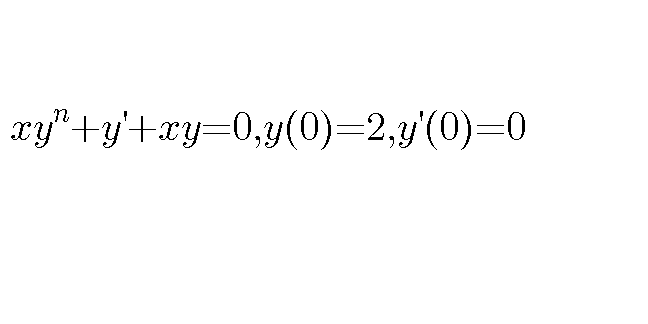
DifferentiationQuestion and Answers: Page 63
Question Number 19085 Answers: 0 Comments: 0
Question Number 18906 Answers: 1 Comments: 0
Question Number 18905 Answers: 0 Comments: 0
Question Number 18446 Answers: 0 Comments: 0

Question Number 18469 Answers: 1 Comments: 0
Question Number 18470 Answers: 1 Comments: 0
Question Number 18283 Answers: 0 Comments: 0
Question Number 17634 Answers: 1 Comments: 0
$$\mathrm{y}\:=\:\mathrm{x}!\:\:,\:\:\:\:\:\mathrm{Find}\:\:\:\mathrm{y}' \\ $$
Question Number 16893 Answers: 0 Comments: 4
Question Number 16788 Answers: 0 Comments: 1

Question Number 16689 Answers: 1 Comments: 0
$${why}\:{any}\:{infinitely}\:{differentiable}\:{function}\:{is}\:{a}\:{power}\:{series}? \\ $$
Question Number 15797 Answers: 1 Comments: 1
Question Number 15741 Answers: 1 Comments: 0
Question Number 15179 Answers: 1 Comments: 0
Question Number 14513 Answers: 2 Comments: 0
Question Number 13955 Answers: 0 Comments: 2
Question Number 13871 Answers: 0 Comments: 0
$${why}\:{the}\:{function},{sin}\left({x}\right)\:{is}\:{a}\:{power} \\ $$$${series}?? \\ $$
Question Number 13806 Answers: 0 Comments: 1
Question Number 13751 Answers: 1 Comments: 4
Question Number 13429 Answers: 0 Comments: 2

Question Number 13427 Answers: 0 Comments: 0

Question Number 13226 Answers: 2 Comments: 0
Question Number 13068 Answers: 2 Comments: 0
Question Number 12968 Answers: 1 Comments: 0
Question Number 12814 Answers: 1 Comments: 2

Question Number 12708 Answers: 0 Comments: 0
